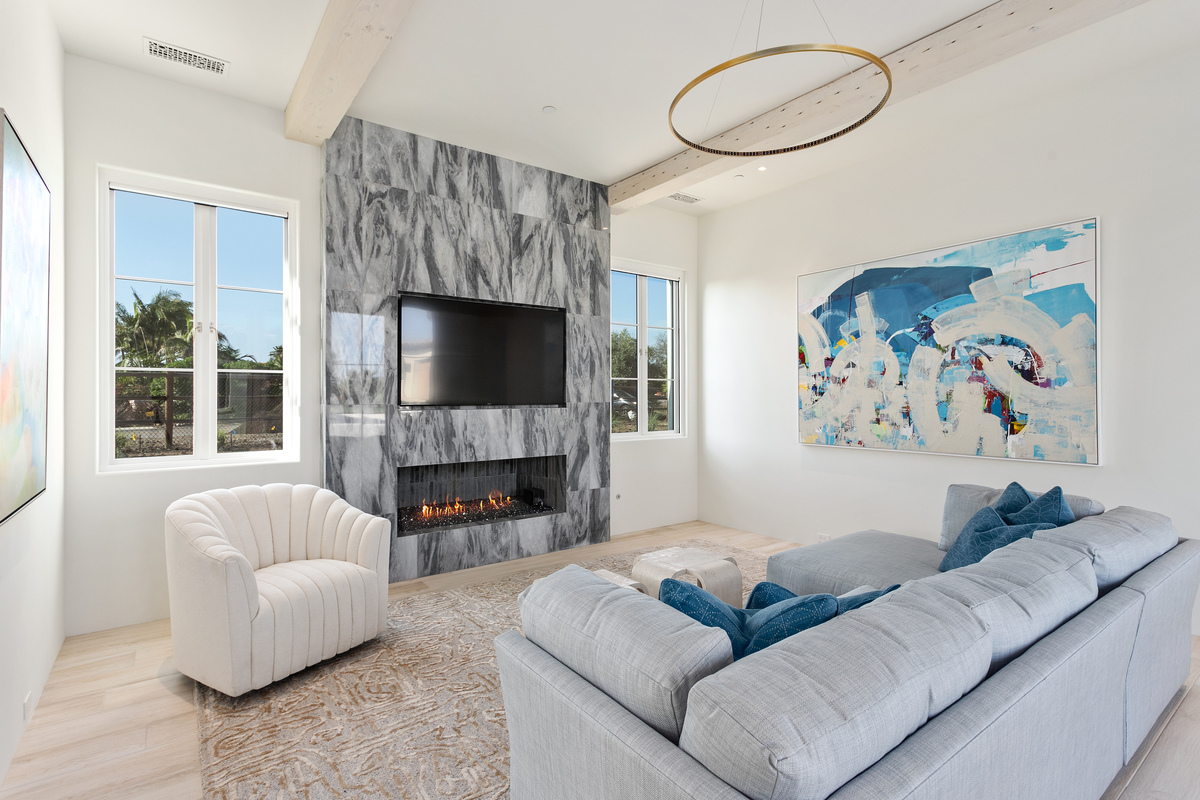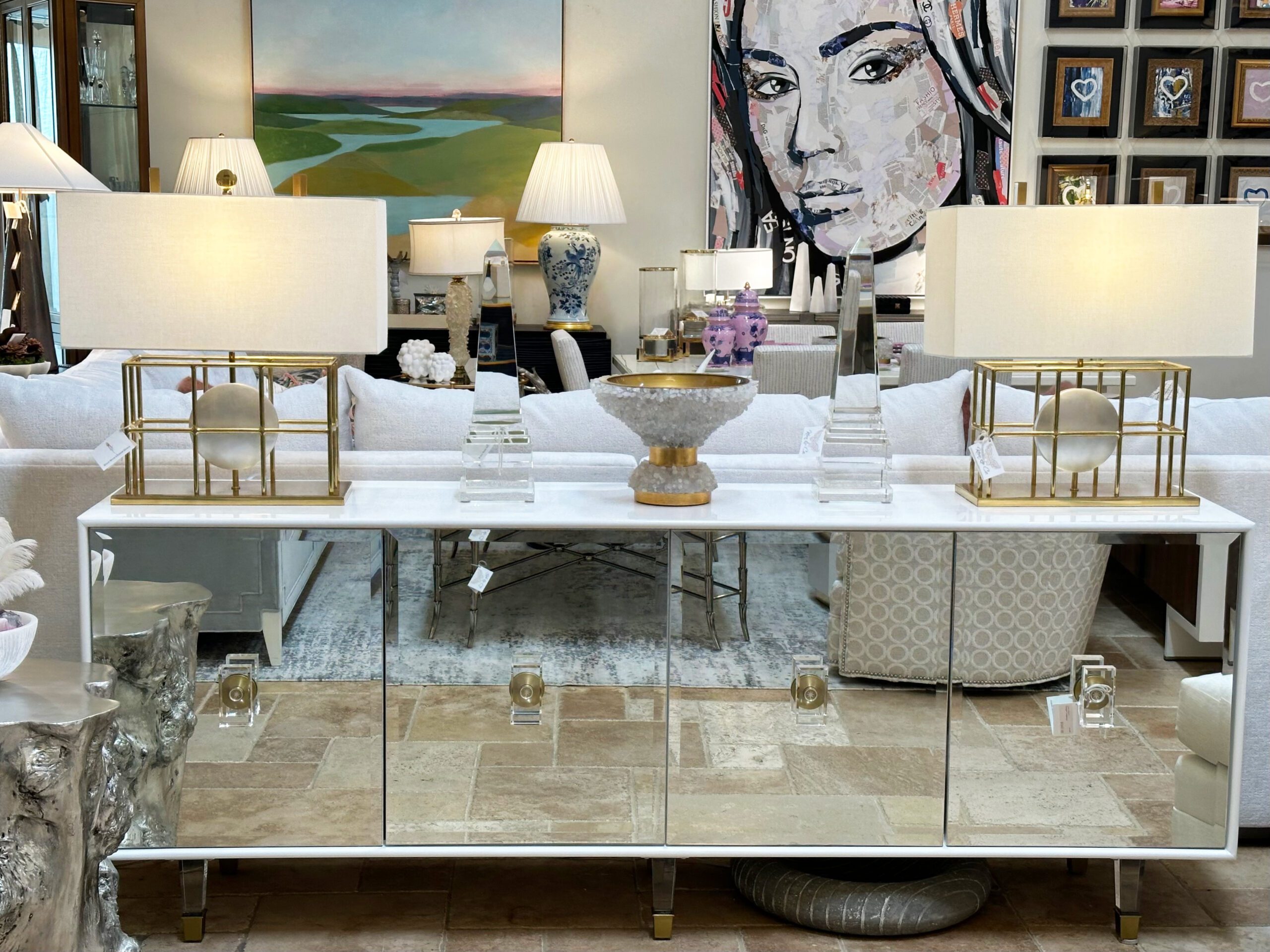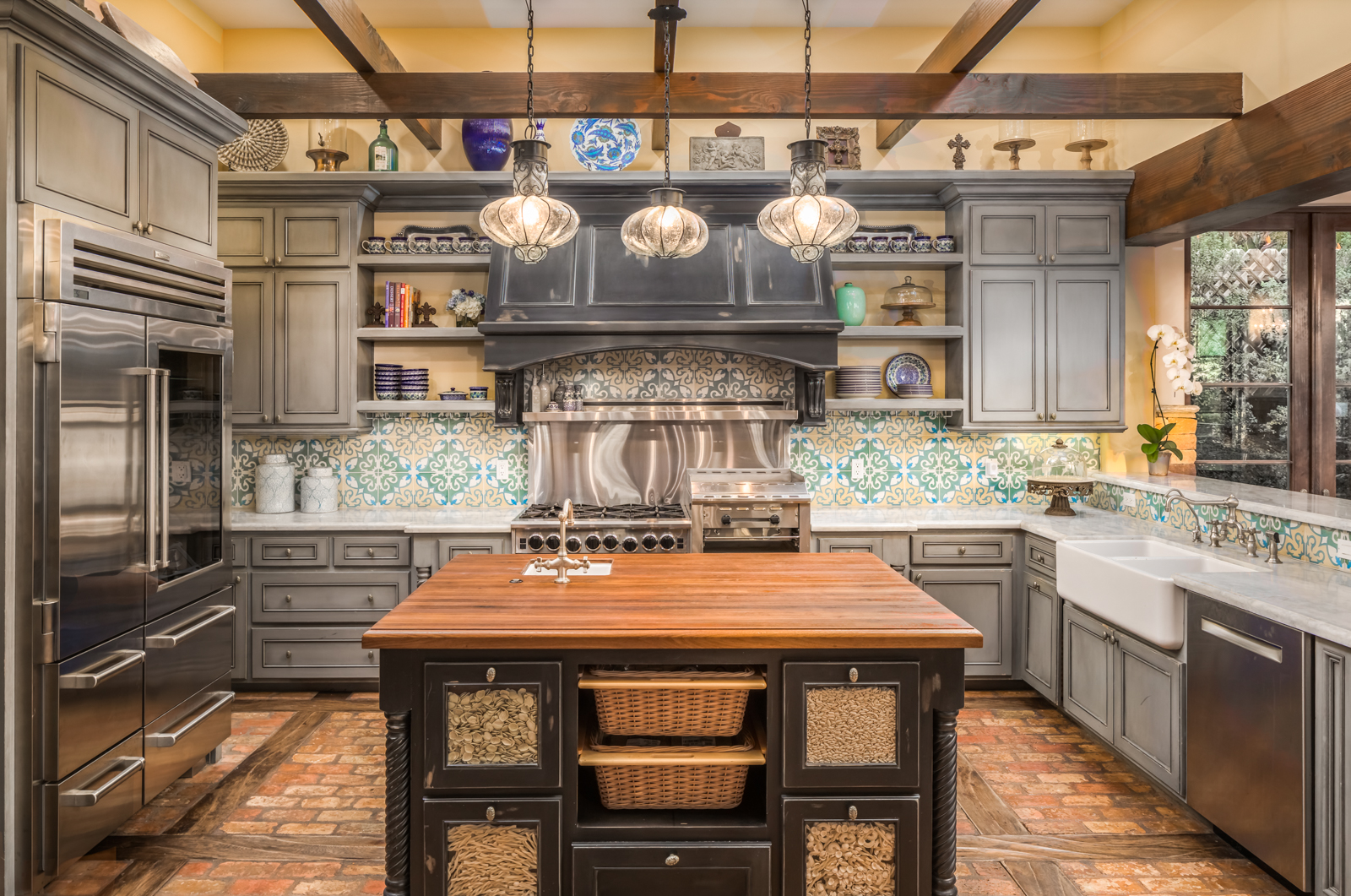Selecting the perfect upholstery fabric is a critical element in designing a beautiful and functional home. Whether you’re furnishing a cozy living room, a formal dining area, or a family-friendly space, the fabric you choose not only impacts the look of your furniture but also its durability and comfort. With so many options available, it can be difficult to determine which upholstery fabric is the right choice for your space and lifestyle.
From high-traffic zones to luxurious accent pieces, every fabric has its own set of unique qualities. In this article, we will delve deep into the pros and cons of popular upholstery fabrics—from cotton to velvet—and discuss how to match durability with aesthetic appeal. We’ll help you make informed decisions that ensure your furniture remains not only beautiful but practical and long-lasting.
Understanding Upholstery Fabrics: Beyond Beauty
Upholstery is one of the most vital components of your furniture, and it directly contributes to the overall aesthetic of your home. However, it’s crucial to remember that while beauty is important, the function of your chosen fabric should be equally prioritized. A fabric that’s visually pleasing but not durable enough to withstand daily use will quickly detract from your home’s design and comfort.
Choosing an upholstery fabric involves understanding how style, comfort, and durability coexist. With proper knowledge, you can select the fabric that best meets your needs, ensuring your furniture stands the test of time while looking stylish and feeling comfortable.
Factors to Consider Before Choosing Upholstery Fabrics
When it comes to selecting the right upholstery, you should always consider several critical factors:
Durability
One of the most essential aspects to evaluate is how well the fabric can handle the daily wear and tear of your lifestyle. High-traffic areas such as living rooms and family rooms require sturdier fabrics that can withstand constant use without showing signs of damage. Fabric strength is especially important if you have children or pets, who can cause wear and tear on furniture at a faster rate.
Durability is often measured by tests like the Martindale rub test and Wyzenbeek test, which measure how well a fabric resists abrasion. Fabrics with higher rub ratings tend to be more durable and are ideal for heavy-use furniture.
Aesthetic Appeal
The visual appeal of a fabric should complement the overall design of your space. Upholstery fabrics come in a wide range of textures, colors, and patterns, so choosing the right one that fits seamlessly into your décor is essential. Whether you’re looking for something bold and modern or subtle and classic, the right fabric will elevate the look of your furniture and space.
Maintenance
Maintenance is another key consideration. Certain fabrics are easier to clean than others, while some may require regular care to preserve their appearance. For instance, cotton might be easier to wash and maintain than velvet, which requires delicate care. Fabric treatments like stain resistance and water repellency can also increase longevity.
Climate Suitability
Another factor to consider when selecting upholstery is how well the fabric performs in your specific climate. For example, in humid climates, fabrics like linen and cotton are more breathable and comfortable, while leather might feel cooler during hot weather but might be uncomfortable in colder climates.
Types of Upholstery Fabrics: Pros and Cons
Understanding the different types of upholstery fabrics will help you make the best decision for each area in your home. Let’s explore the most common fabrics and their unique benefits and drawbacks.
Cotton Upholstery: Soft and Versatile
Cotton is one of the most popular upholstery fabrics due to its softness, breathability, and versatility. Available in a variety of textures, from smooth to heavy-duty options like canvas, cotton is easy to clean and feels great against the skin.
Benefits of Cotton:
- Soft and breathable, ensuring comfort.
- Available in a wide range of textures and colors, from smooth finishes to heavy canvas.
- Affordable compared to other upholstery fabrics.
- Natural, which appeals to those seeking eco-friendly options.
Drawbacks of Cotton:
- Prone to wrinkling and staining, which can be a drawback in busy homes.
- Fades over time with exposure to sunlight.
- Not as durable as other fabrics like synthetics or leather, especially in high-traffic areas.
Cotton is best suited for low-traffic spaces like formal living rooms, guest rooms, or bedrooms where the fabric will not be exposed to constant use.
Velvet Upholstery: Luxurious and Sophisticated
For a luxurious and sophisticated appearance, velvet is often the fabric of choice. Its rich texture and soft feel bring a sense of opulence to any room. Velvet is particularly effective in creating a high-end look, making it ideal for formal furniture pieces or as accent upholstery in living rooms or bedrooms.
Benefits of Velvet:
- Rich, luxurious texture that adds depth to any room.
- Soft, inviting feel perfect for chairs, sofas, and cushions.
- Reflects light, creating a beautiful, sophisticated glow in rooms.
Drawbacks of Velvet:
- Delicate and prone to scratches and pressure marks, which makes it unsuitable for high-traffic furniture.
- Dust and pet hair tend to cling to velvet, which requires more frequent cleaning.
- Expensive compared to other fabrics and requires special care for cleaning and maintenance.
Velvet works best in low-traffic areas where its luxurious nature can truly shine, such as accent chairs, throw pillows, and formal dining room chairs.
Leather Upholstery: Timeless and Durable
Leather is the epitome of luxury and durability. Known for its classic appeal, leather not only looks great but also ages beautifully, gaining a patina over time. Leather is also incredibly resilient, making it ideal for high-traffic areas where durability is paramount.
Benefits of Leather:
- Durable and long-lasting, able to withstand daily wear and tear.
- Easy to clean and maintain, resistant to stains and spills.
- Timeless, high-end aesthetic that complements both modern and traditional styles.
Drawbacks of Leather:
- Expensive, often costing more than most fabric alternatives.
- Can feel cold in winter and hot in summer, which may not be suitable for all climates.
- Prone to scratching or scuffing, especially in homes with pets or sharp objects.
Leather is ideal for living rooms, dining areas, and offices, as well as spaces that need durable yet stylish upholstery.
Linen Upholstery: Light and Airy
Linen is a natural fabric with a lightweight, breathable texture. Perfect for creating a relaxed and natural look, linen works well in coastal or minimalist interiors where airiness and lightness are desired. Linen is cool to the touch, making it great for hot climates.
Benefits of Linen:
- Light and breathable, making it perfect for summer or hot climates.
- Naturally textured for a more relaxed, organic feel.
- Resistant to fading from exposure to sunlight.
Drawbacks of Linen:
- Wrinkles easily, requiring more maintenance to keep it looking fresh.
- Prone to staining and absorbing liquids.
- Not as durable as heavier fabrics, especially in high-traffic areas.
Linen is best suited for casual living areas, beach homes, or summer spaces where comfort and style can be blended with ease.
Matching Durability with Style
When selecting upholstery fabrics, balancing style with durability is essential. Some fabrics are more durable and better suited for high-traffic areas, while others are more luxurious but may need extra care and attention. The key is to evaluate your specific needs based on your lifestyle and the usage of each space.
For high-traffic rooms like family rooms or kitchens, durability is essential. Fabrics like polyester, nylon, and acrylic are highly resistant to abrasion and are easy to maintain. These fabrics are great for areas where spills, stains, and heavy use are inevitable. Leather and synthetic blends are other great options for these spaces, as they are sturdy and easy to clean.
For formal rooms or low-traffic areas, luxury fabrics like velvet, silk, or wool are perfect choices. These fabrics elevate the aesthetic of the room, providing a refined, sophisticated appearance. However, these fabrics may require more care and maintenance.
Upholstery Care: Keeping Your Furniture Beautiful
Once you’ve selected your ideal upholstery fabric, regular maintenance is crucial to ensure its longevity. Upholstered furniture can become worn down over time if not cared for properly, and cleaning methods vary depending on the fabric you choose.
Routine cleaning is necessary to maintain your furniture’s appearance. For cotton and linen, vacuuming regularly and spot-cleaning with a mild detergent should suffice. Leather benefits from conditioning treatments every few months to keep it supple and prevent cracking. Velvet should be brushed or vacuumed to remove dirt and maintain its soft texture.
Fabric protectors and stain-resistant treatments can be applied to fabrics like cotton and linen to prolong their lifespan and keep them looking fresh. Slipcovers are also an excellent option for high-traffic furniture—not only do they protect against stains and dirt, but they can also be easily washed or replaced.
Conclusion: Balancing Style and Durability
Choosing the right upholstery fabric requires a careful balance between style and durability. Whether you opt for the luxurious charm of velvet, the durable elegance of leather, or the casual comfort of cotton, the fabric you select should enhance the beauty of your home while standing up to your lifestyle needs.
At Kern & Co Designs, we understand the importance of making the right upholstery choices. Our design experts can help you find the perfect fabrics for your furniture, ensuring your home remains beautiful, functional, and stylish for years to come.



